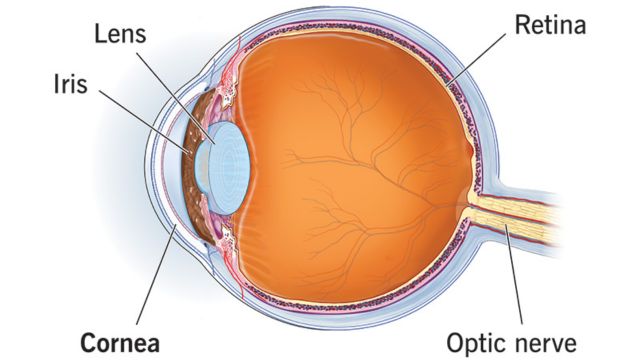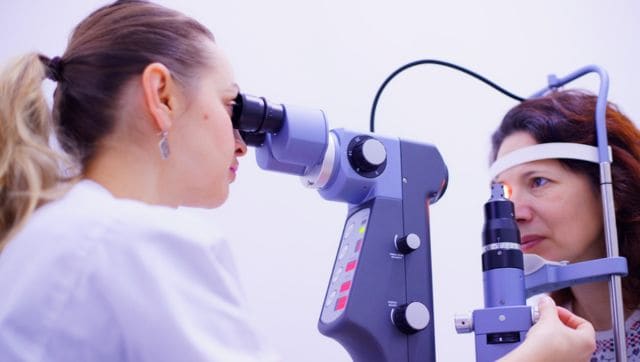What is vitrectomy, the eye surgery AAP's Raghav Chadha ...
AAP leader Raghav Chadha had an eye condition, which could have possibly led to blindness. He is currently in London recovering from a major surgery called vitrectomy. We tell you all about it read more
)
AAP Leader Raghav Chadha recently underwent vitrectomy. ANI
The Aam Aadmi Party (AAP) is facing one of its biggest challenges. Amid the Lok Sabha elections, its main man Arvind Kejriwal is in jail along with other senior leaders. While Sunita, the Delhi CM’s wife, is campaigning, one prominent party leader is missing in action – Raghav Chadha.
So where is the young MP? He is currently in London, recovering from a major eye surgery, his fellow party colleague Saurabh Bharadwaj disclosed.
Bharadwaj told PTI that the 35-year-old Rajya Sabha MP, who is currently on bed rest, underwent an emergency surgery called vitrectomy, which had serious risks, including potential eyesight loss and retina displacement.
“Raghav Chadha has undergone a major eye surgery in the UK. It is said that his condition was serious and there was a possibility of blindness. As soon as he gets better, he will come back to India and join us in the election campaigning,” Bharadwaj said.
What is a vitrectomy?
A vitrectomy is a surgery to remove the vitreous humour (the vitreous) from the eye. The vitreous humour is a gel-like substance that fills the centre between the lens and the retina, according to the Cleveland Clinic.

“During a vitrectomy, an ophthalmologist makes tiny incisions in the sclera, the white part of the eye, allowing the insertion of specialised instruments. These instruments can cut away and suction out the vitreous humour, enabling the surgeon to access and repair any underlying retinal issues,” Dr Siddharth Sain, a senior retina consultant, Sharp Sight Eye Hospitals told The Indian Express.
Who needs to undergo a vitrectomy?
Doctors recommend surgery for serious eye conditions, especially those that can lead to impaired vision or can harm the retina.
As per John Hopkins, undergoing this surgery is the only option when one has problems such as
1. diabetic retinopathy, a condition that can cause vision loss and blindness in people who have diabetes
2. Retinal detachment, when the retina separates from the back of the eye)
3. Vitreous haemorrhage (blood in the vitreous cavity)
4. Infection inside your eye
5. Severe eye injury
6. A hole in the central part of your retina (macula)

7. A wrinkle in the central part of your retina
8. Issues arising after cataract surgery
While most such surgeries are successful, certain complications can occasionally arise and one should be aware of them.
When does one need to approach a doctor?
As per Cleveland Clinic, one should reach out to doctors if they face severe pain, have signs of infection (including severe swelling or discharge, or have a worsening vision among other symptoms that one feels are concerning.
One should reach out to doctors if they face severe pain or have signs of infection. Representative image. PixabayWhat are the risks involved in getting a vitrectomy?
The likelihood of risks varies based on age, medical history, and the nature of the eye condition. Some potential risks listed by the American Academy of Ophthalmology include infection, excess bleeding, and. high pressure in the eye, resulting in Glaucoma. There are chances of a torn or detached retina, increased rate of cataract formation or poor vision.
What does the recovery from vitrectomy look like?
As per The Indian Express report quoting Dr Sain, recovery from this surgery varies depending on the individual’s health and the complexity of the surgery. Patients can gradually return to daily activities as their eye heals and vision clears, which may take weeks to months.
Here are some things one needs to be mindful of when recovering – put eye drops for inflammation, infection, and discomfort and avoid strenuous activities to minimise pressure changes. A specific head position may be needed with a gas bubble. Regular follow-up appointments are important.
With inputs from agencies



















































